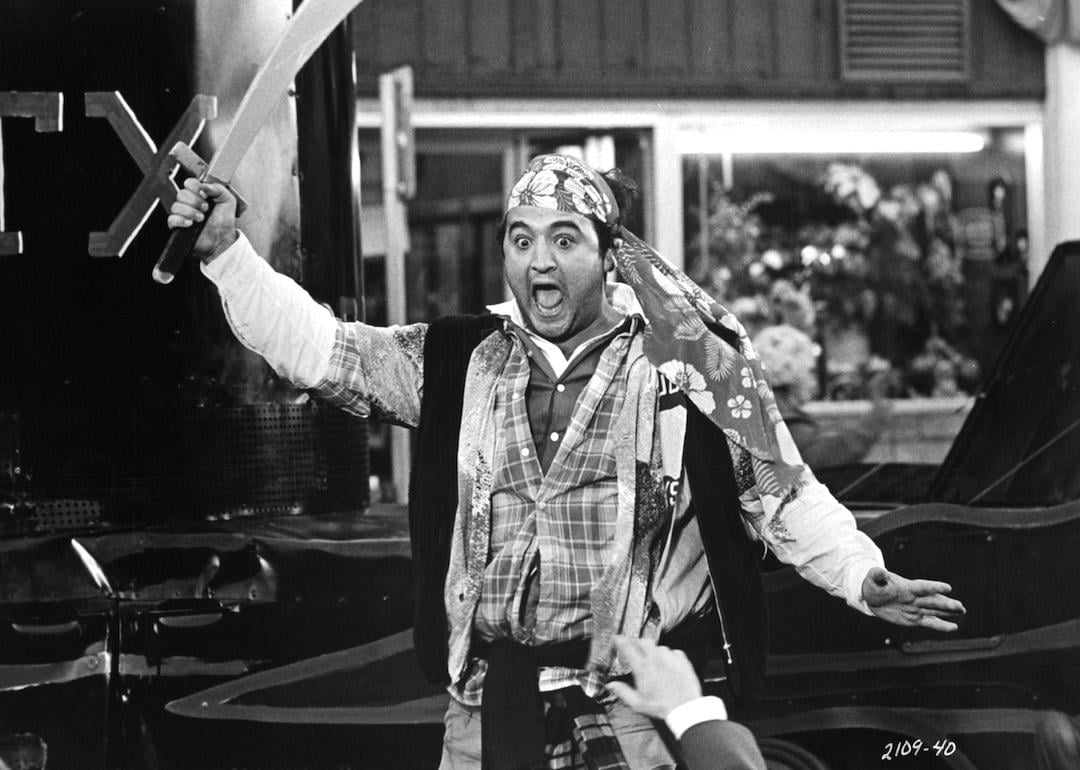
20 facts about French bulldogs
Compact, charming, and full of personality, the French bulldog has become a favorite in cities worldwide. With their signature bat ears and expressive faces, Frenchies pack a big presence into a small frame. Known for their affectionate nature and adaptability, they thrive as companions in apartments and larger homes. Their playful but easygoing temperament makes them especially appealing to first-time dog owners and families. From café culture in Paris to modern-day popularity in the U.S., French bulldogs have long been icons of style and companionship. To explore their history, temperament, and care, Stacker drew on sources from the American Kennel Club and trusted pet care guides.
Note: This content was created with the assistance of AI tools and has been thoroughly reviewed, fact-checked, and edited by Stacker's editorial team to ensure accuracy, reliability, and alignment with our editorial standards.

Breed Overview
The French Bulldog is a compact, muscular companion dog recognized for its distinctive bat ears and short muzzle. Belonging to the nonsporting group, Frenchies have smooth coats and are famously affectionate, with even temperaments that suit city living.
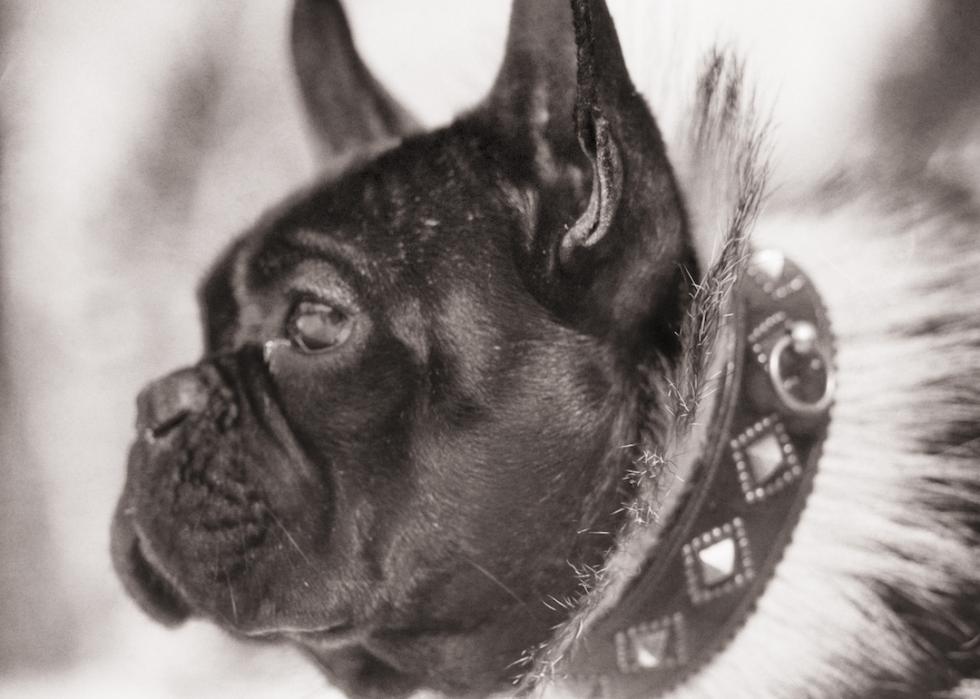
Origins & History
The breed's roots trace to 19th-century France, where toy bulldogs brought by English lace workers gained popularity in Paris. Their hallmark erect ears and compact build became fashionable in cafés and artist circles, cementing the "French" identity.
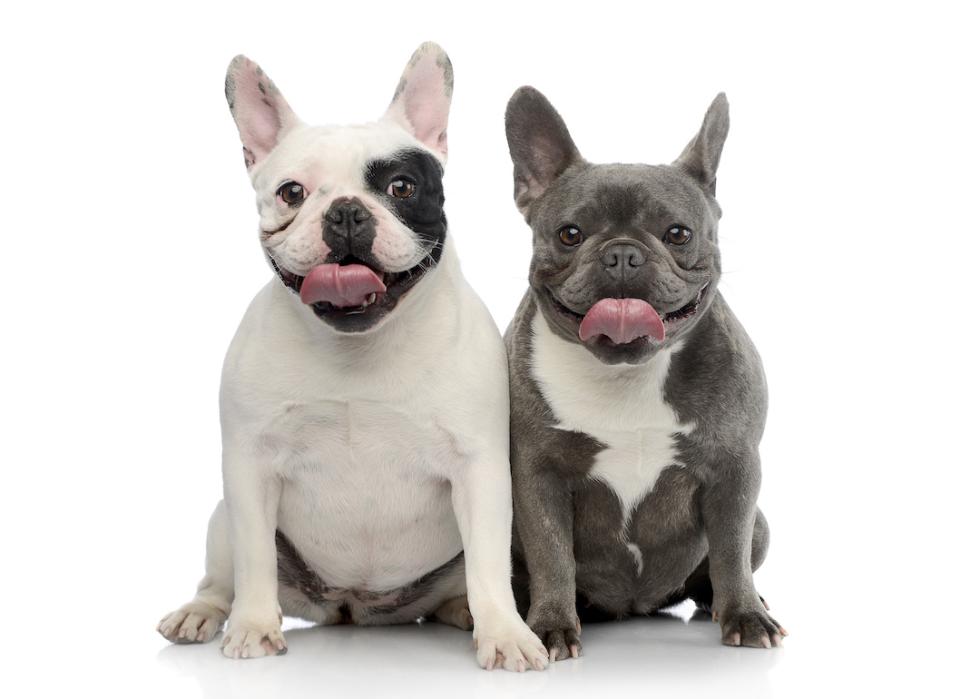
Appearance & Size
Frenchies typically weigh under 28 pounds and stand about 11–13 inches tall. A broad skull, square jaw, and signature bat ears pair with a smooth, fine coat in colors like fawn, cream, brindle, and pied.

Temperament & Personality
Known for being affectionate and adaptable, Frenchies bond closely with their people and generally get along well with children. They're playful without being hyper, thriving on companionship and routine.
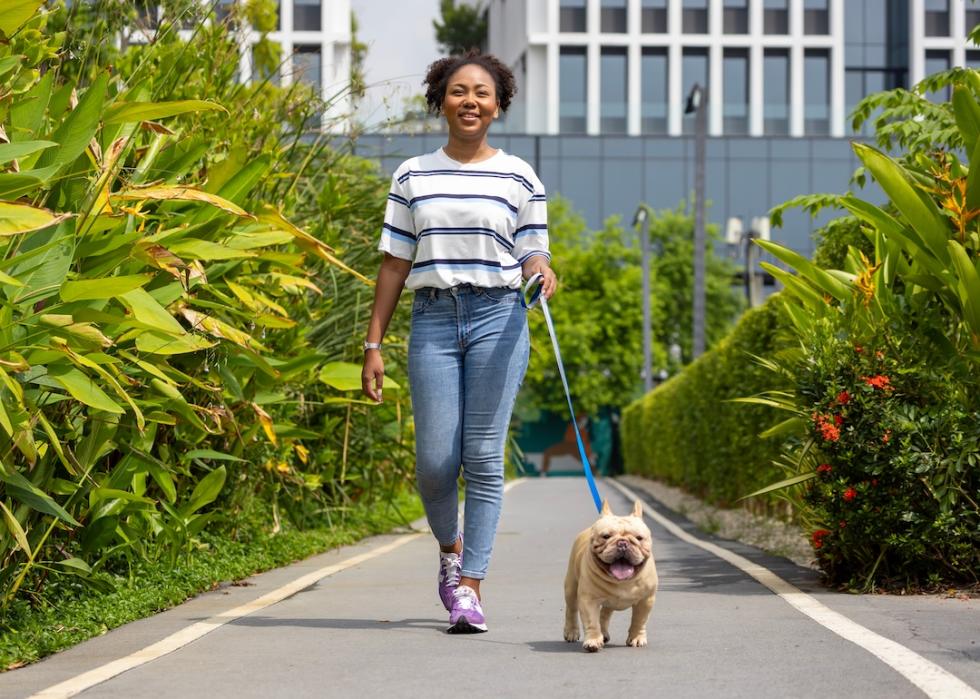
Trainability & Intelligence
French bulldogs are clever but can be stubborn, so positive reinforcement and short, engaging sessions work best. Early socialization builds confidence, and training should account for their brachycephalic limits to avoid overexertion.

Exercise Needs
Moderate, consistent activity—short walks and indoor play—helps manage weight and behavior. Because of their flat faces, Frenchies should avoid strenuous exercise and heat; brachycephalic syndrome can make breathing harder during exertion.
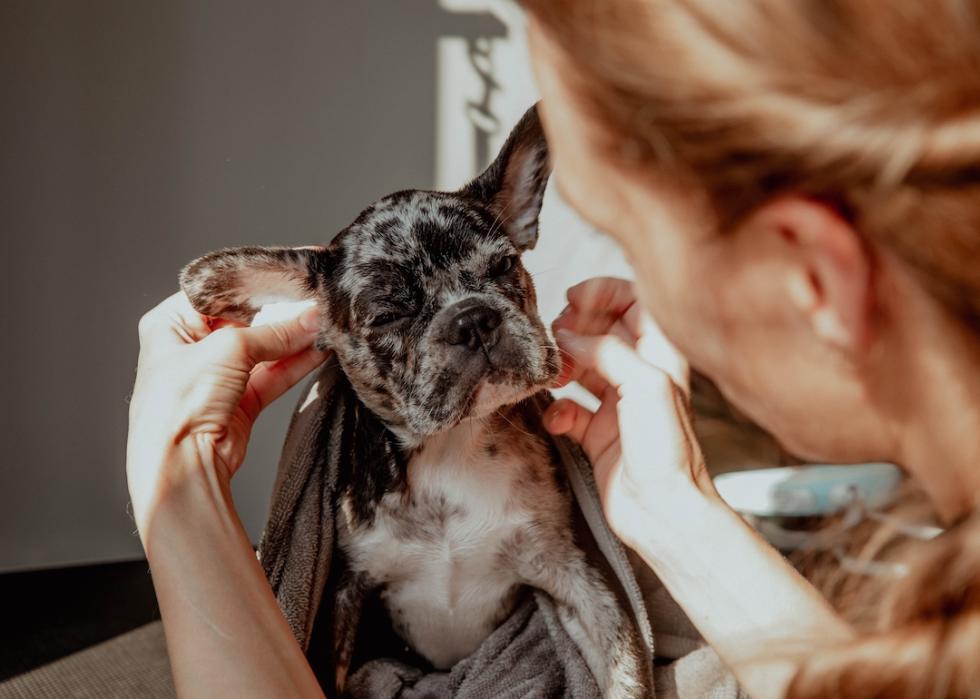
Grooming Requirements
Weekly brushing keeps their short coat tidy, but facial skin folds need routine cleaning and drying to prevent skin-fold dermatitis. Regular ear care, nail trims, and dental hygiene are basic maintenance.

Health Profile
Common concerns include BOAS-related breathing issues, allergies, spine disorders, and eye problems. With attentive care and responsible breeding, many live around 10–12 years.

Diet & Nutrition
Keeping Frenchies lean is essential because extra weight worsens respiratory and joint stress. Feed measured portions of a complete diet, and use treats strategically to avoid creeping obesity.
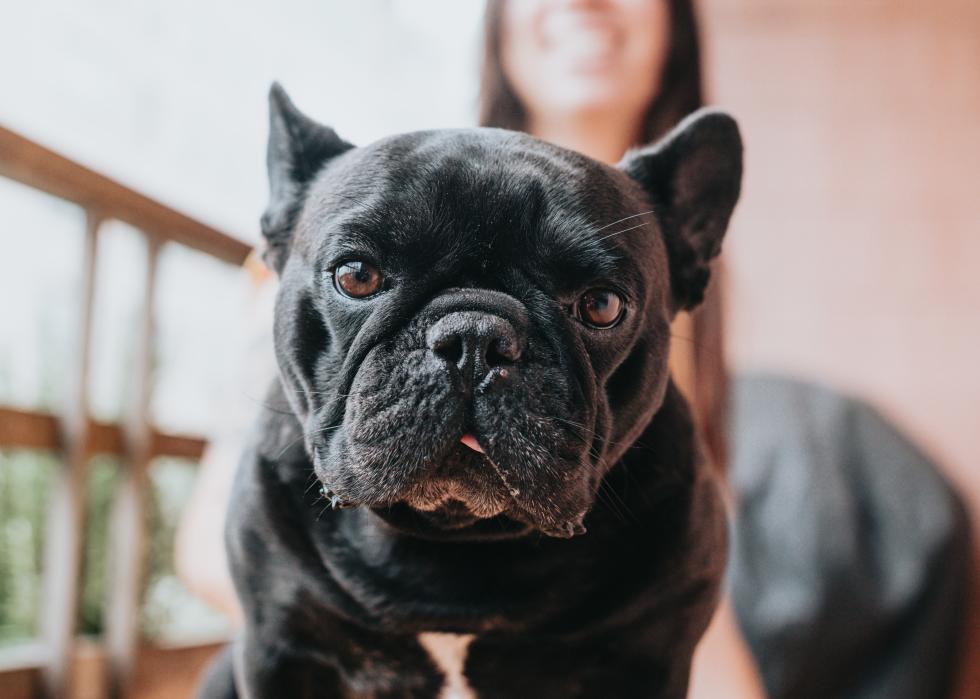
Living Environment
French bulldogs are apartment-friendly companions who prefer being indoors with their families. They're sensitive to temperature extremes, so climate control and limited outdoor time in heat are essential.

Role in Pop Culture
Their expressive faces and compact silhouettes made Frenchies favorites in Parisian art and postcards—a trend that carries into modern social media stardom. The breed's "instant charisma" keeps it in the cultural spotlight.
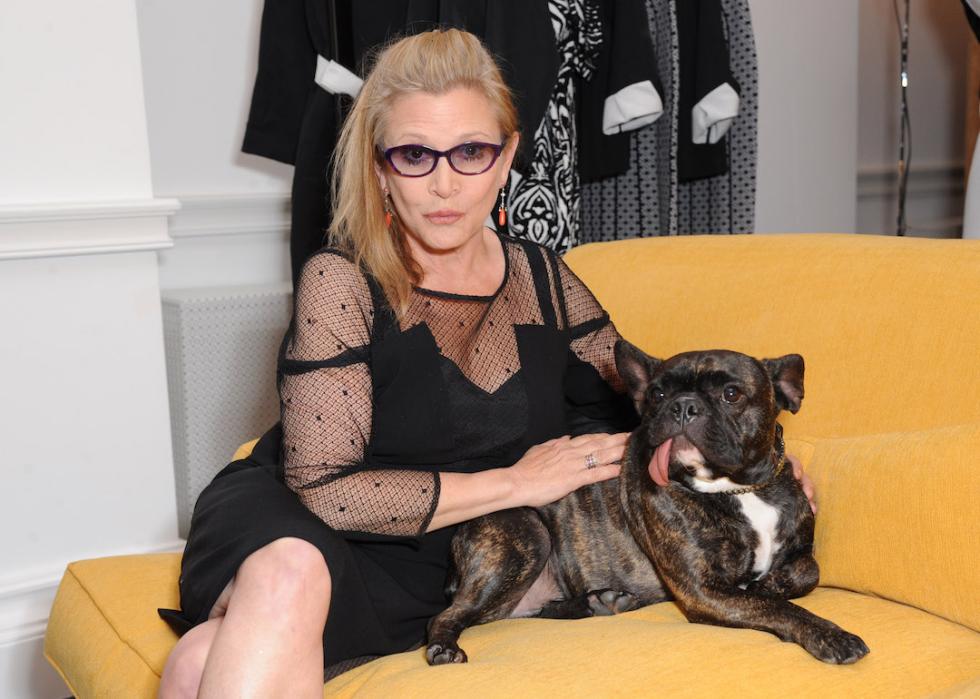
Notable Owners or Breed Advocates
In the U.S., the parent club is the French Bulldog Club of America, which promotes health screening and ethical breeding. Their resources help owners navigate care, training, and responsible acquisition.
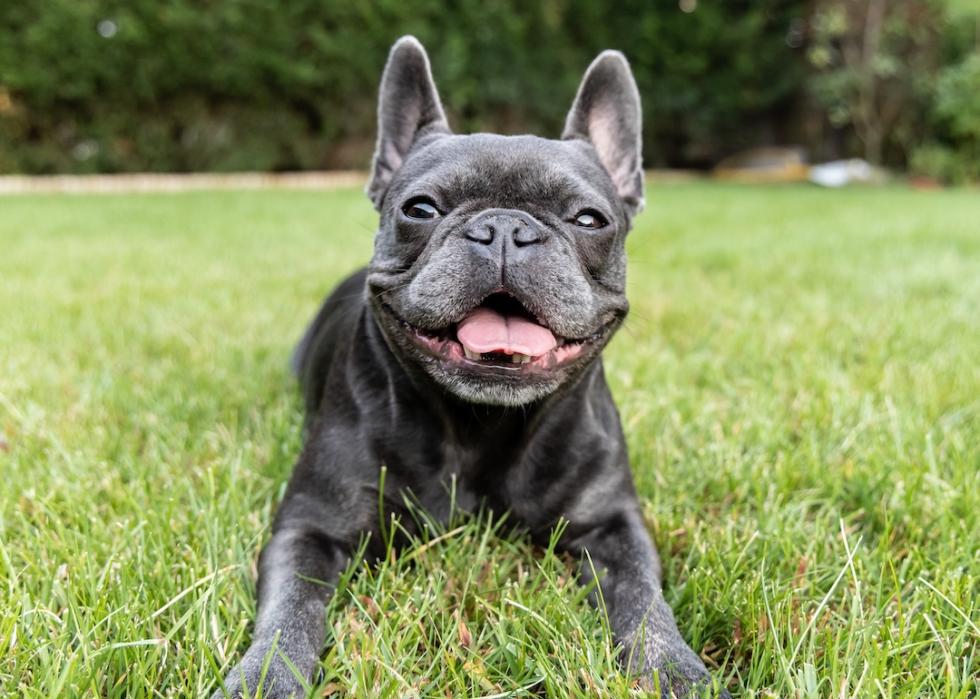
Breed Popularity Trends
In recent AKC rankings, the French bulldog rose to America's most popular breed, reflecting its adaptability and big personality in small spaces. Urban households especially prize the breed's easygoing nature.

Breed Organizations & Clubs
Beyond the parent club, AKC clubs host specialties, matches, and education to support breed health and standards. Reputable rescue networks also help place Frenchies in appropriate homes.
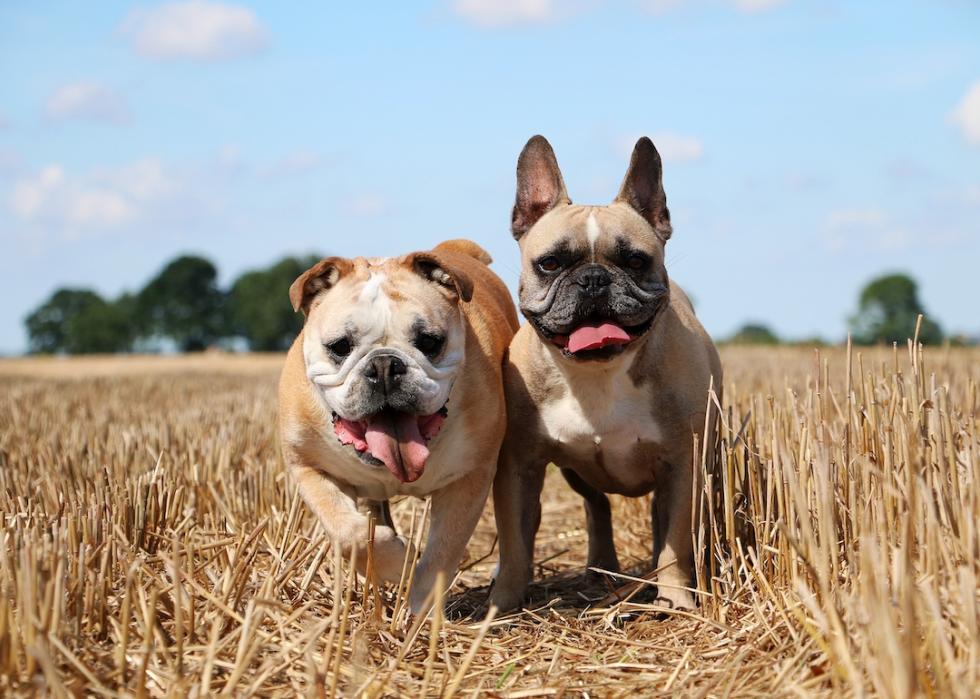
How They Compare to Similar Breeds
Compared with Boston terriers, Frenchies are typically stockier with broader heads; compared with the pug, they tend to have more pronounced bones and larger, upright ears. All three are brachycephalic, so heat management is essential.

Unique Traits & Quirks
Many Frenchies "talk" with snorts and grunts rather than lots of barking, and their bat-ear silhouette is instantly recognizable. A stubborn streak often appears when they'd rather cuddle—or nap—than train.

Myths & Misconceptions
Frenchies are not strong swimmers despite their buoyant personality and should be closely supervised near water. Another misconception is that they're "low maintenance"—in truth, wrinkle care and temperature management take diligence.
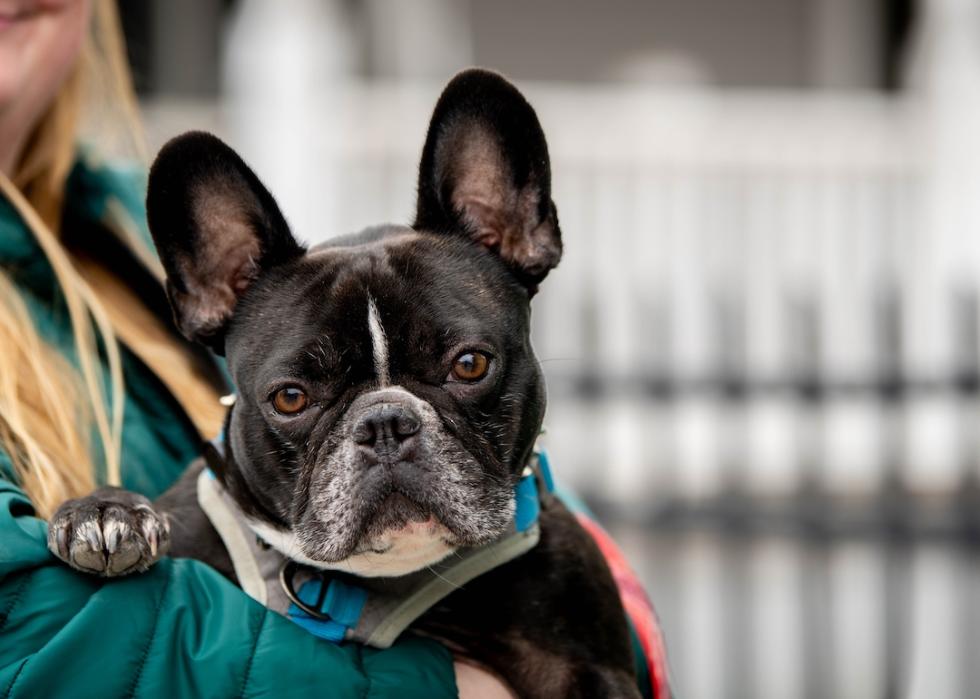
Famous Working Roles
While not built for endurance jobs, Frenchies excel as therapy and emotional-support dogs thanks to their calm, people-focused nature. Short, positive training keeps them engaged without overtaxing their breathing.

Breed-Specific Activities & Sports
Frenchies do best in low-impact pursuits like basic obedience drills and puzzle games. Short, shaded walks (and indoor enrichment) keep them fit without overheating.
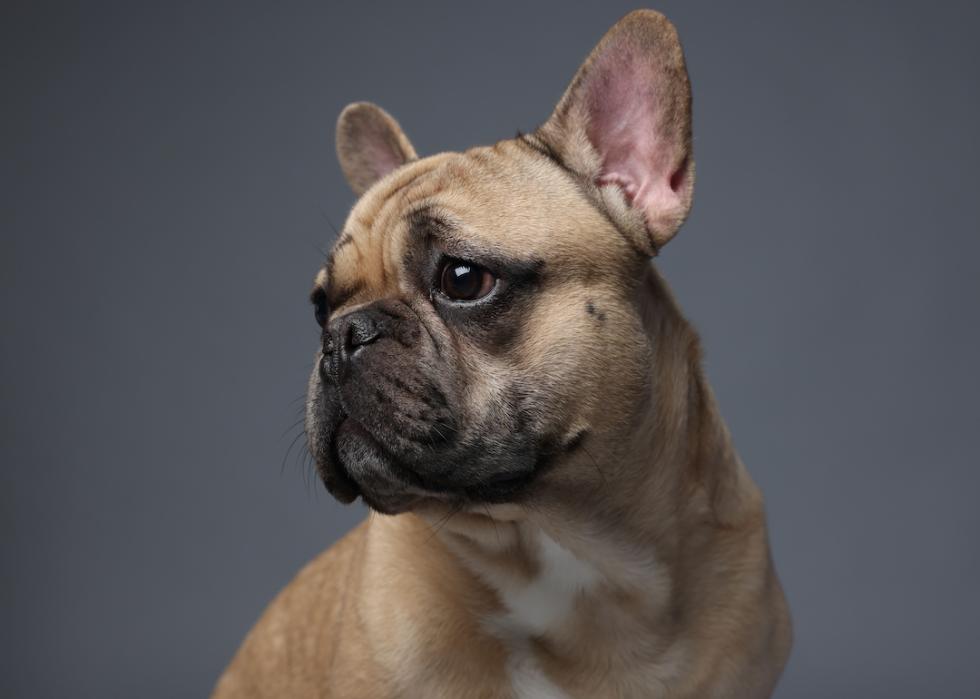
Fun Fact
The breed was officially recognized by the AKC in 1898, and today's popularity reflects a through-line from café culture to modern apartment life.
Many Frenchies are known to "frog sit" or "sploot," splaying their back legs behind them.


